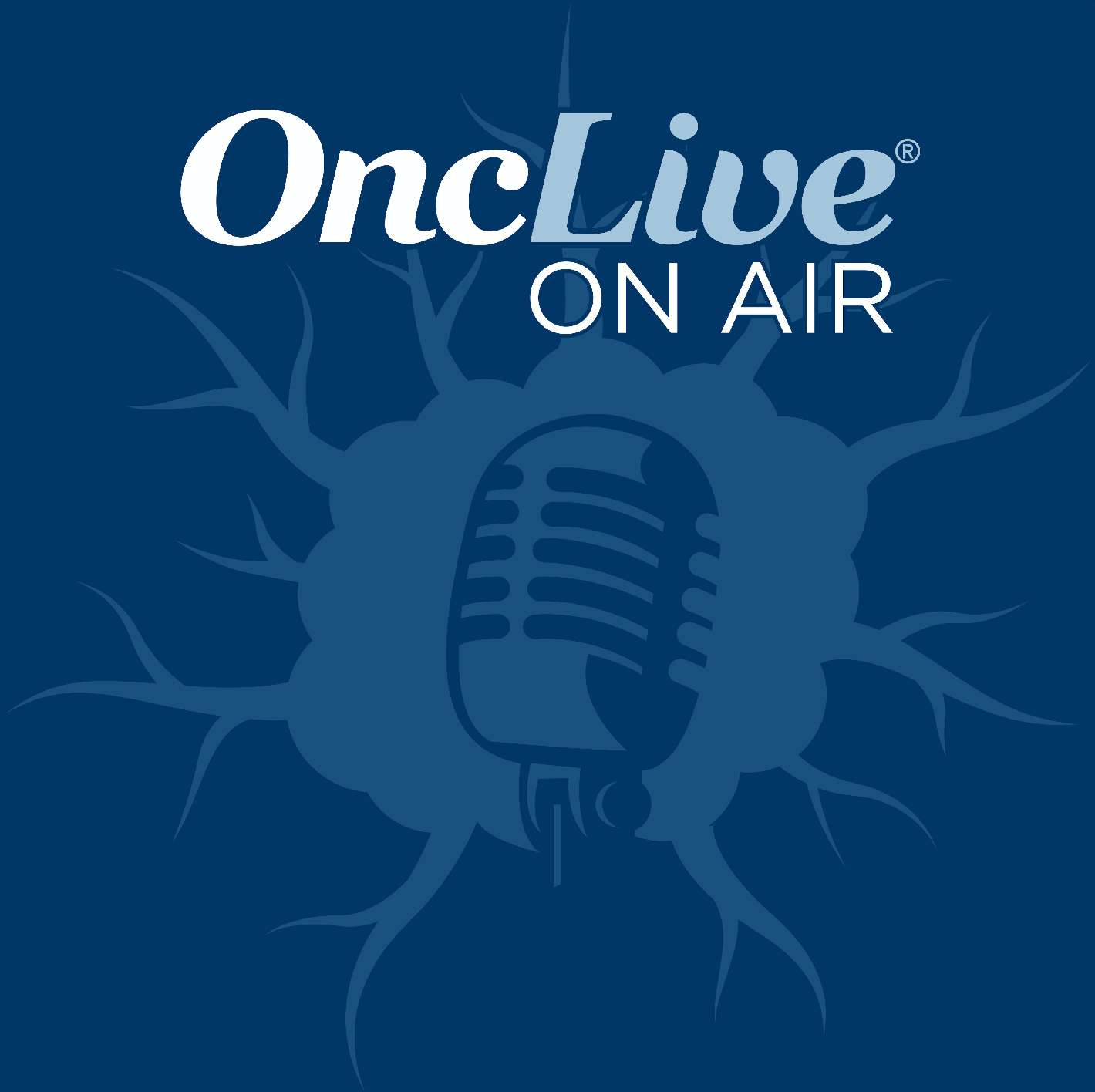Article
Eltrombopag Effectively Treats Cytopenias in MDS
Author(s):
Treatment with the thrombopoietin receptor agonist eltrombopag significantly improved cytopenias and was well-tolerated in patients with low to intermediate-2 risk myelodysplastic syndromes.
Danielle M. Townsley, MD
Treatment with the thrombopoietin receptor agonist eltrombopag (Promacta) significantly improved cytopenias and was well-tolerated in patients with low to intermediate-2 risk myelodysplastic syndromes (MDS), according to interim findings from a phase II pilot study.
Responses to eltrombopag resulted in marked hematologic improvements (HI) in platelet counts (>30 K/uL increase or transfusion independence) and erythrocytes (increase in hemoglobin >1.5 g/dL or 50% transfusion reduction). Additionally, 1 patient experienced a >500 uL increase in absolute neutrophil counts (ANC).
"This drug has clinical evidence of activity in MDS and multilineage responses have been observed," principal investigator Danielle M. Townsley, MD, Hematology Branch of the National Heart, Lung, and Blood Institute, National Institutes of Health (NIH), said during her presentation. "It is a well-tolerated drug, without any obvious acceleration of progression."
In the phase II single-arm trial, 21 patients with significant cytopenias and unilineage low to intermediate-2 MDS, as measured by the International Prognostic Scoring System (IPSS), were treated with eltrombopag at a starting dose of 50 mg/day. If tolerated, the dose was escalated every two weeks until it reached 150mg/day. Patients with refractory anemia with excess blasts (RAEB) and those with chronic myelomonocytic leukemia (CMML) were excluded from the study.
Patients enrolled in the study had severe thrombocytopenia, anemia, or both conditions at baseline. Cytogenetic characteristics consisted of mostly good (n = 11) and intermediate (n = 7) risk groups by IPSS-R, with 1 patient in the poor category. Nearly 50% of patients had MDS that evolved from severe aplastic anemia (SAA) post immunosuppression therapy (n = 9). The remainder of patients had de novo disease.
In 19 evaluable patients at 16 weeks, 53% experienced a response that was manifested by HI in platelets (100%), erythroids (80%), and neutrophils (10%). Additionally, two patients (11%) experienced a delayed response, which was not observed until after the 16-week analysis, suggesting a total response rate of 64%.
"Two patients in the non-response group went on to receive a response soon after," Townsley explained. "This is similar to data we've seen in our other eltrombopag trials."
The median age of responders was 65 years and 50% were male. Responses were seen across all IPSS risk groups, including those with intermediate-2 risk MDS. Responses were evenly distributed between those with prior SAA and de novo disease. The median time from diagnosis in those who responded was just 3 months compared with 18 months in non-responders.
"Most patients enjoyed trilineage responses, with most counts peaking around 6 months, with a median increase of platelets of 54,000, neutrophil count of 1000, and median increase of hemoglobin of 2.5 grams," Townsley said.
Per protocol, 4 patients who experienced a robust trilineage response (hemoglobin >10 g/dL, platelets >50,000μL, and ANC >1000/μL) discontinued treatment with eltrombopag due to a normalization in counts. The median duration of treatment for these patients was 14 months. At the time of the analysis, the treatment-free interval was 8 months, with all responses sustained.
Progression was primarily seen in patients at an age of 70 years and older. These included patients with complex cytogenetics, including monosomy 7 and deletion 5q. Additionally, 1 male patient who did not respond had a 13q deletion and subsequently developed monosomy 7, following enrollment in the study.
"Interestingly, his counts improved after stopping the drug. They were already on their way upwards," Townsley noted. "Four years later, he remains with good counts, is alive, and 100% monosomy 7."
In the study, eltrombopag was well tolerated, without any treatment discontinuations related to toxicity. The maximum intended dose (150 mg/day) was achieved in 84% of patients. There were no grade 4/5 treatment-related adverse events reported during the study and no significant increase in marrow reticulin was observed.
“Further trials are indicated in low risk MDS, and we might be able to evaluate other subtypes of MDS,” Townsley concluded. “Until these trials are done, this drug should not be used off trial for MDS.”
The FDA initially approved eltrombopag in 2008 as a treatment for patients with thrombocytopenia following an insufficient response to corticosteroids, immunoglobulins, or splenectomy. Treatment with eltrombopag 50 mg improved platelet counts by ≥50,000/μL for 59% to 70% of patients enrolled in two clinical trials.
In August 2014, the FDA approved eltrombopag as a treatment for patients with SAA following an insufficient response to immunosuppressive therapy. This decision was based on findings from a phase II study conducted by the NIH, in which 40% of patients experienced a hematologic response, including tri- and bilineage responses.
The phase II pilot study continues to enroll participants with refractory anemia or other cytopenias with unilineage dysplasia, with an enrollment goal of 30 patients (NCT00961064). Additionally, several other studies are assessing eltrombopag in patients with MDS, in combination with hypomethylating agents and for patients with acute myelogenous leukemia.
The phase III SUPPORT study is exploring azacitidine with eltrombopag or placebo in patients with IPSS intermediate-1, -2, and high-risk MDS. The study plans to enroll 350 patients with an even randomization to each arm. The primary endpoint is focused on platelet transfusion independence within the first 4 cycles of azacitidine therapy. Secondary outcome measures will explore overall and progression-free survival, response, duration of response, and several other factors (NCT02158936).
Eltrombopag is manufactured and developed by Novartis, following a multibillion-dollar product exchange with GlaxoSmithKline that was completed in early March 2015. In addition to its indications for idiopathic thrombocytopenia and SAA, eltrombopag is also approved in combination with interferon and ribavirin for patients with chronic hepatitis C—associated thrombocytopenia.
Townsley D, Desmond R, Weinstein B, et al. Eltrombopag for low to intermediate-2 risk myelodysplastic syndrome. Leuk Res. 2015;39:1s (suppl; abstr 56).
<<<



















